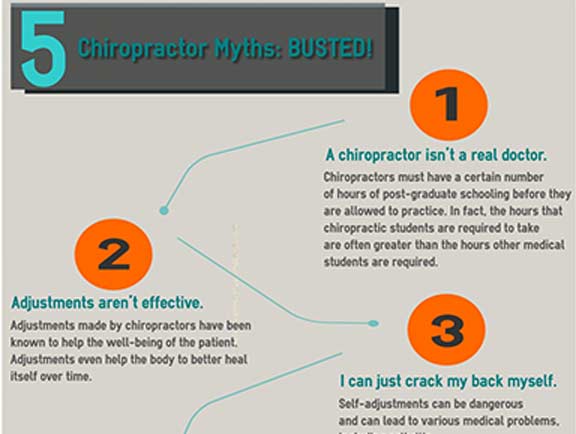Common Day-To-Day Practices That Trigger Back Pain And Tips For Avoiding Them
Common Day-To-Day Practices That Trigger Back Pain And Tips For Avoiding Them
Blog Article
Developed By-Cates Vogel
Preserving appropriate pose and preventing usual pitfalls in daily tasks can substantially influence your back health. From just how you sit at your workdesk to exactly how you raise heavy items, tiny modifications can make a large distinction. Envision a day without the nagging neck and back pain that prevents your every move; the solution could be less complex than you believe. By making a few tweaks to your daily practices, you could be on your method to a pain-free presence.
Poor Stance and Sedentary Lifestyle
Poor position and an inactive way of living are 2 significant factors to neck and back pain. When you slouch or hunch over while resting or standing, you put unneeded stress on your back muscle mass and spine. This can lead to muscular tissue imbalances, stress, and eventually, chronic neck and back pain. Furthermore, sitting for long periods without breaks or exercise can weaken your back muscles and result in rigidity and pain.
To fight simply click the following internet page , make a mindful effort to rest and stand up straight with your shoulders back and straightened with your ears. Bear in mind to maintain your feet flat on the ground and stay clear of crossing your legs for extensive periods.
Including routine stretching and reinforcing workouts right into your everyday routine can also help improve your pose and alleviate back pain related to a less active way of life.
Incorrect Training Techniques
Improper training strategies can substantially contribute to back pain and injuries. When you raise hefty objects, remember to flex your knees and use your legs to lift, instead of counting on your back muscle mass. Prevent twisting your body while lifting and keep the things near your body to reduce strain on your back. It's vital to keep a straight back and stay clear of rounding your shoulders while raising to stop unnecessary stress on your back.
Always assess the weight of the item prior to lifting it. If it's too hefty, request help or usage tools like a dolly or cart to move it safely.
Bear in mind to take breaks during raising tasks to offer your back muscle mass an opportunity to relax and avoid overexertion. By implementing proper lifting strategies, you can stop back pain and reduce the danger of injuries, ensuring your back remains healthy and strong for the long-term.
Lack of Routine Exercise and Stretching
A sedentary way of life devoid of routine workout and extending can significantly contribute to back pain and discomfort. When you don't participate in exercise, your muscle mass come to be weak and stringent, resulting in poor pose and boosted strain on your back. visit their website reinforce the muscular tissues that support your back, boosting security and lowering the threat of neck and back pain. Including extending right into your routine can additionally enhance adaptability, avoiding stiffness and discomfort in your back muscles.
To avoid pain in the back triggered by a lack of exercise and stretching, go for at least 30 minutes of moderate exercise most days of the week. Include exercises that target your core muscles, as a solid core can aid reduce pressure on your back.
Additionally, take breaks to stretch and move throughout the day, particularly if you have a workdesk task. Simple stretches like touching your toes or doing shoulder rolls can help relieve tension and stop neck and back pain. Focusing on regular exercise and stretching can go a long way in keeping a healthy back and minimizing discomfort.
Conclusion
So, remember to stay up right, lift with your legs, and remain active to stop neck and back pain. By making easy adjustments to your everyday habits, you can prevent the pain and restrictions that include pain in the back. Care for your spinal column and muscle mass by practicing excellent position, correct training methods, and routine exercise. Your back will certainly thanks for it!
